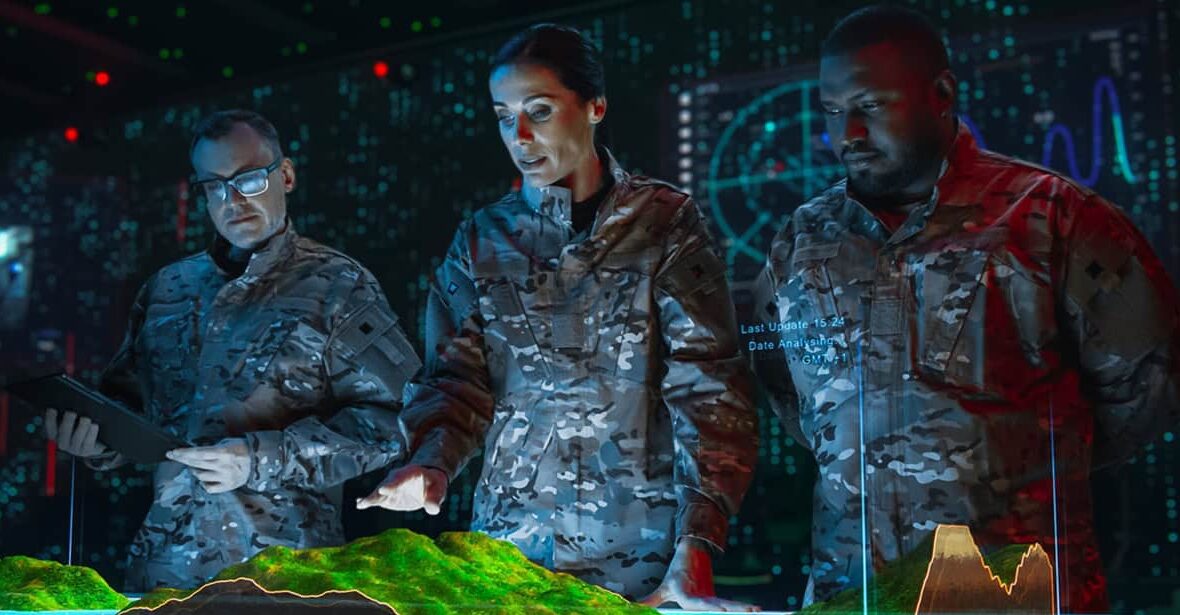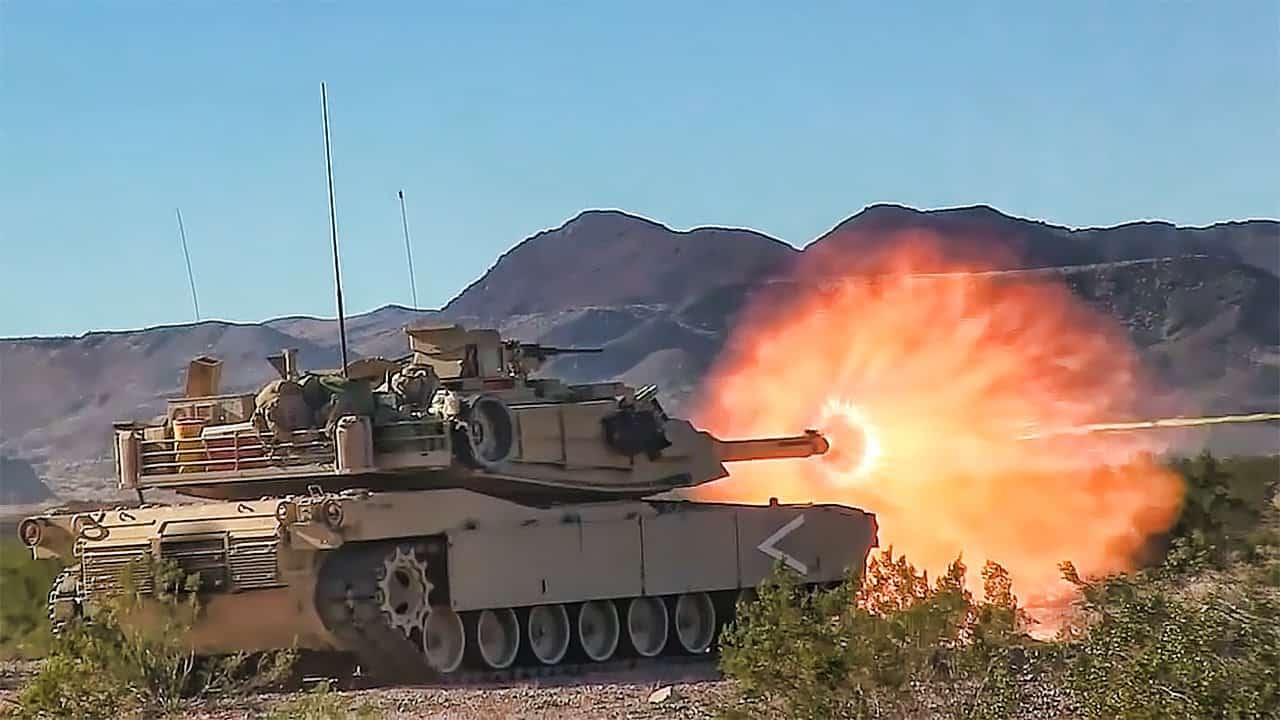Is Additive Manufacturing A Game Changer For Military Spare Parts Obsolescence?
Keeping military systems up and running is crucial for any defense force, but have you ever considered how challenging it is to get spare parts for decades-old equipment? In many cases, the original manufacturers either no longer supply the parts needed—or worse, they’re out of business. So, what do you do when you need just a handful of these parts? Custom production runs can cost a fortune!
This situation becomes even more critical when you think about how important it is to fix equipment as close to the action as possible. Waiting for parts to arrive through traditional supply chains can take weeks, even months. Imagine the frustration and risk involved when vital systems are out of action for that long.
That’s where Additive Manufacturing (AM) comes into play. AM has the potential to revolutionize the way we handle these challenges. But before we get too excited, there are a few crucial, but often overlooked, issues that need to be addressed.
Material Certification and Performance Consistency
Have you ever wondered how reliable 3D-printed parts really are? It’s a question worth asking, especially in military applications where the stakes are high. The truth is, even though AM has made great strides, ensuring that printed parts consistently meet strict military standards is still a challenge. Achieving uniform material properties across different machines and batches isn’t as straightforward as you might think. And without standardized material certification, there’s always the risk that a part might not perform as expected—especially when it’s mission-critical.
Supply Chain Security and Cybersecurity Risks
What happens when you bring digital files into a traditionally physical supply chain? You open the door to cybersecurity risks. As AM becomes more integrated into defense operations, the reliance on digital files and data transfer increases, which makes these systems more vulnerable to cyberattacks. Could someone steal your IP or, even worse, tamper with your design files? It’s a scary thought, but one that needs serious attention. Robust cybersecurity measures aren’t just a nice-to-have—they’re essential if AM is to be a viable solution for military obsolescence.
Intellectual Property and Licensing Complexities
And then there’s the tricky issue of intellectual property (IP). With so many military platforms relying on old designs, navigating the maze of IP rights can be daunting. What happens if the original manufacturer is no longer around, or if the IP has changed hands multiple times? Using AM to reproduce these parts without established supply contracts might seem like a great workaround, but it’s not that simple. You’ll need to carefully navigate IP laws to avoid infringement. Sure, in wartime, the mission comes first—but those IP issues won’t just disappear when the dust settles.
Summary
In conclusion, while AM offers an exciting solution to the problem of military obsolescence, it’s not without its challenges. By tackling the issues of material certification, cybersecurity, and IP, the defense sector can truly unlock the potential of AM and ensure that our forces are always ready to respond.
If you’re interested in discovering how Additive Manufacturing can benefit your organization, we invite you to explore our course catalog.
We offer a variety of AM courses, including our specialized 3-day ‘Additive Manufacturing for Military Applications’ course. This course lives up to its name, covering essential AM technologies and diving into military-specific topics like Integrated Logistics Support (ILS) considerations, reverse engineering, and the role of AM in obsolescence management. Plus, we bring a 3D printer onsite, giving you practical insights and hands-on experience with the demands of printing parts.
Whether you’re aiming to boost your team’s capabilities or stay ahead in military technology, our courses provide the insights and skills you need to succeed.
About the Author
Daniel Eggler, BE (Hons), PhD.
Dr Daniel Eggler has over 9 years’ experience delivering educational excellence in the field of mechanical engineering.
In his previous role, Daniel was a highly accomplished Lecturer at the School of Mechanical and Manufacturing Engineering at the University of New South Wales (UNSW). He was the School’s most senior mechanical design lecturer and led the revision of the School’s design curriculum. Keen to ensure theory met practice, he was also the lead academic of the SunSwift Solar Car program at UNSW. In recognition of his exemplary service, Daniel was awarded the UNSW Faculty of Engineering – Educational Excellence & Innovation award in 2019 and 2020.
Daniel brings across his considerable educational and instructional expertise into his current role as the Director of Education and Training at the Eggler Institute of Technology. He is incredibly passionate about delivering superior learning experiences to industry professionals across all specialist technical sectors, particularly Defense. He is deeply committed to redefining the impact of technical education, synergizing innovative software and evidence-based teaching methods to empower all who undertake studies with EIT.
Daniel graduated from UNSW with first class honors in Mechanical Engineering. He went on to complete his doctorate in Mechanical Engineering, specializing in acoustics, vibration, vibro-acoustics and active noise control, cloaking and illusions.



